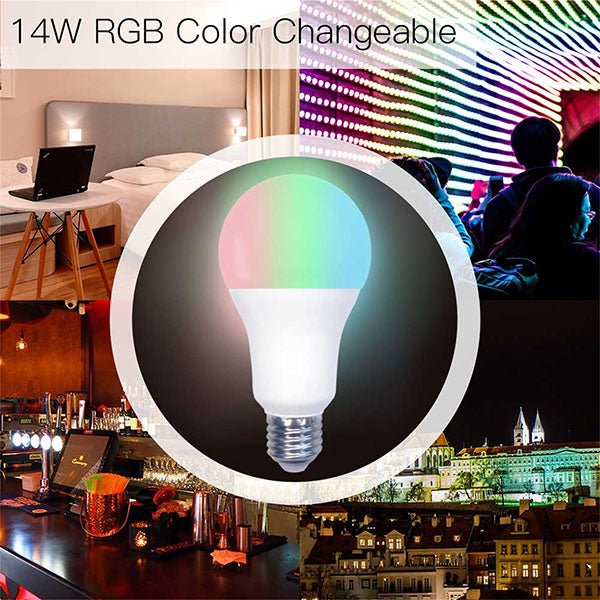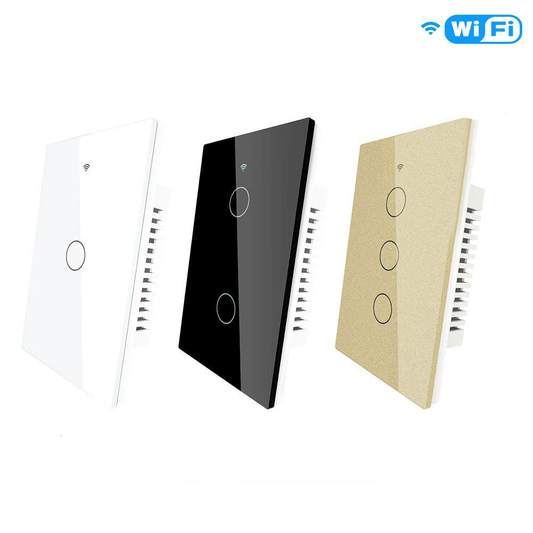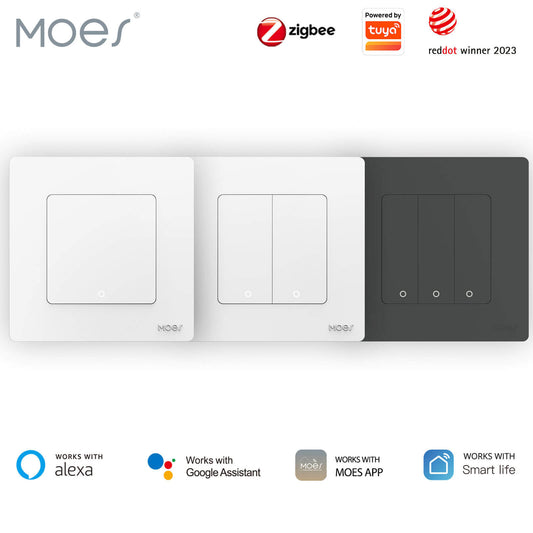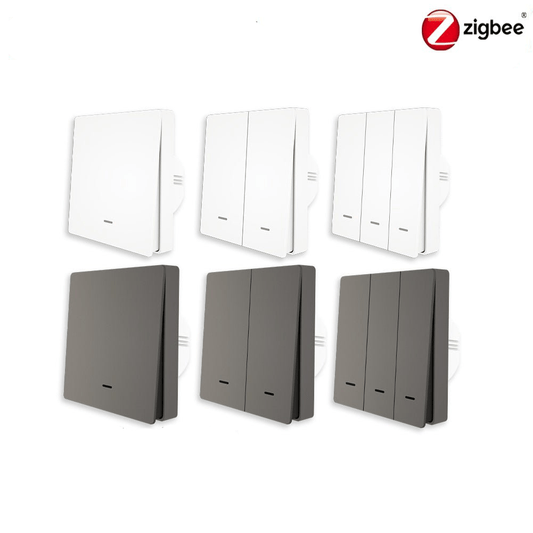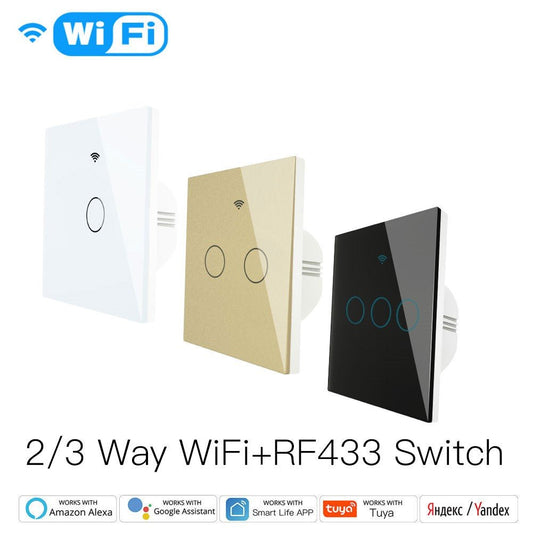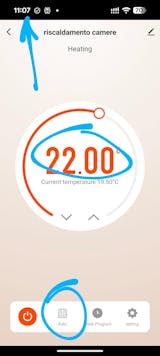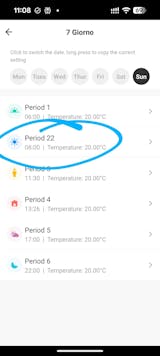Step into our extensive guide dedicated to dimmer switches, your go-to resource for answering all the frequently asked questions (FAQs) and gaining in-depth knowledge about these adaptable lighting control devices.
Whether you're a homeowner seeking to elevate your lighting experience or a DIY enthusiast delving into the realm of smart home technology, our guide is designed to unravel the complexities of dimmer switches.
Covering everything from comprehending their types and installation processes to troubleshooting common issues and seamlessly integrating them into your smart home setup, we are here to provide comprehensive insights. Join us as we illuminate the path toward a better-lit and more energy-efficient living space.

Introduction to Dimmer Switches
What is a Dimmer Switch?
A dimmer switch is a specialized lighting control device designed to cater to individuals' varying brightness preferences at different times.
Unlike traditional switches that merely turn lights on or off, dimmer switches offer a range of lighting levels, empowering users to customize the ambiance of a room according to their personal tastes.
In principle, electronic dimmer switches modulate the current flow by controlling and altering the phase angle of the thyristor.
This technique adjusts the time taken for power to traverse the load, consequently modifying the input voltage and current of the electric light source to achieve varying light intensities.
Employing a single live wire input wiring method, dimmer switches can seamlessly replace existing wall switches, providing a more adaptable array of lighting control options.

How Does a Dimmer Switch Work?
A dimmer switch operates by regulating the voltage supplied to a light bulb, controlling the intensity of light. The advanced electronics within the dimmer switch adjust the power flowing to the light fixture, enabling users to achieve various brightness levels and create diverse lighting scenes for different occasions.
Silicon controlled rectifiers (TRIACs) are employed in dimmer switches to control the current. TRIAC is a semiconductor device, akin to a transistor, comprised of n-type (with free electrons) and p-type (with electron holes) semiconductor materials.
The thyristor circuit has two terminals connected to both ends of the circuit, and the voltage difference changes with the fluctuation of alternating current.
TRIAC acts as a voltage-driven switch by regulating the voltage on the gate. When the gate's voltage is low, TRIAC functions as an open switch, interrupting the flow of electricity.
Adjusting the resistance using the dimmer knob alters the total resistance, thereby increasing or decreasing the ability to conduct current to the lower terminal.
This adjustment of the dimmer knob impacts the entire current cycle, facilitating the fine-tuning of light brightness.
Installation and Use
What are the installation steps for a dimmer switch?
The installation of a dimmer switch involves the following steps:
Power Shutdown: Before initiating the installation of the dimmer switch, ensure to cut off the power supply for safety.
Remove Original Switch: Detach the existing traditional switch and disconnect it from the power source.
Connect Dimmer Switch: Establish the connection between the dimmer switch and the power cord, ensuring accurate connections as per the provided instructions.
Connect Bulb: Attach the bulb to the dimmer switch securely, confirming a stable connection.
Restore Power: After completing the connections, reinstate power and conduct essential tests to verify the proper functionality of the dimmer switch.

For In-Depth Guidance, Refer to: "How To Install MOES Smart Switch?"
Do dimmer switches work with all light bulbs?
Dimmer switches offer a versatile way to control the brightness of your lights, but it's essential to consider the compatibility with your light bulbs.
While traditional incandescent lamps are generally suitable for use with dimmer switches, newer technologies like CFLs and LED bulbs may require specific dimmer-compatible models.
When contemplating the use of dimmer switches, it's crucial to check the dimming compatibility of your chosen light bulbs.
Some CFLs and LEDs may not respond well to conventional dimmer switches, leading to issues like flickering, buzzing, or even not dimming at all.
To ensure optimal performance, consider selecting bulbs explicitly labeled as "dimmable" and compatible with the type of dimmer switch you plan to install.
Keep in mind that advancements in both dimmer switch and light bulb technologies continue to expand compatibility options.
Always refer to the product specifications and recommendations from both the dimmer switch and light bulb manufacturers to achieve the best results in creating the desired lighting ambiance for your space.

How to use the dimming function correctly?
To make the most of the dimming function, follow these steps:
Choose the Right Light Bulb: Choose bulbs labeled as "dimmable" and compatible with your dimmer switch. Different switches may have specific requirements for bulb types.
Adjust Brightness Carefully: Gradually and carefully adjust brightness to avoid abrupt changes. This protects your eyes and ensures a comfortable lighting experience.
Understand Switch Functions: Familiarize yourself with switch features, such as preset scenes or timers. Knowing these functions helps you tailor lighting to your preferences.
Follow Safe Operating Procedures: Adhere to safe procedures during installation and use. Disconnect power when adjusting or installing the switch, following manufacturer guidelines to prevent safety hazards.

Common Issues and Troubleshooting
Dimmer Switch Not Functioning: What to Do?
To fix a malfunctioning dimmer switch:
- Confirm it's receiving stable power and that the circuit breaker is stable.
- Ensure it's installed as per the manufacturers' guidelines, with no loose wires at the panel or switch.
- Check that the light bulbs are dimmer-compatible, preferably those suggested by the manufacturer.
- Stick to these steps to efficiently troubleshoot and resolve issues with your dimmer switch.
What causes lights to flicker when using the dimmer?
Flickering lights during dimming can be attributed to several factors. One primary cause is the use of incompatible light bulbs with the dimmer switch.
The mismatch between the bulbs and the dimmer may lead to flickering, making it crucial to select dimmable bulbs recommended by the switch manufacturer.
Additionally, low-quality bulbs can contribute to flickering issues. Investing in high-quality, dimmer-compatible bulbs is essential to ensure a smooth dimming experience.
Another significant factor is the complexity of dimmable lamp functionality. For a lamp to be dimmable, its power supply must effectively analyze the variable phase angle output of the thyristor controller.
Challenges in maintaining a well-functioning dimmer can result in problems such as slow startup, uneven lighting, or flickering during brightness adjustments.
Issues like inconsistencies between components and unwanted audio noise from LED dimming fixtures may arise due to false triggering or premature shutdown of the thyristor and improper LED current control.
Addressing these factors is crucial for achieving a flicker-free and enjoyable dimming experience.
Integrating with Smart Home Systems
Can dimmer switches be connected to smart home systems?
Dimmer switches are crafted to seamlessly integrate with smart home systems, providing users with advanced control and convenience.
The process involves connecting dimmer switches to a smart home hub or controller, allowing you to seamlessly incorporate them into your broader smart home ecosystem.
This integration empowers users with enhanced automation and control options, contributing to a more intelligent and responsive home environment.
How to integrate dimmer switches with smart assistants (such as Alexa, Google Assistant)?
By simply connecting dimmer switches to compatible smart assistants, such as Amazon Alexa or Google Assistant, users can effortlessly adjust the brightness and color of their lights. Not only does this feature provide added convenience, but it also brings about energy-saving benefits, as users can effortlessly dim their lights to a suitable level and reduce power consumption. Follow these steps to
For detailed instructions and troubleshooting, refer to our official guide for connecting.
Dimmer switches and LED lights
Can I use dimmer switches on LED lights?
Although LED fixtures are known for their energy-saving and eco-friendly characteristics and can be controlled via smart handheld devices, traditional switches only offer the basic function of turning lights on and off.
The introduction of dimmer switches adds a new layer of control, allowing users to adjust light brightness as needed. Yet, before incorporating a dimmer switch, it is crucial to verify that the selected LED fixture is compatible with dimming.
While dimmer switches designed for LED bulbs are available, it's worth noting that certain LED fixtures may not work seamlessly with all dimmer switches or may necessitate specific dimmer-compatible models.
Prior to investing in a dimmer switch, carefully inspect the product specifications of your LED light fixture or consult the manufacturer to confirm dimming support.
This ensures a hassle-free experience, letting you effortlessly enjoy the convenience and adaptability offered by dimmer switches in conjunction with LED lighting.
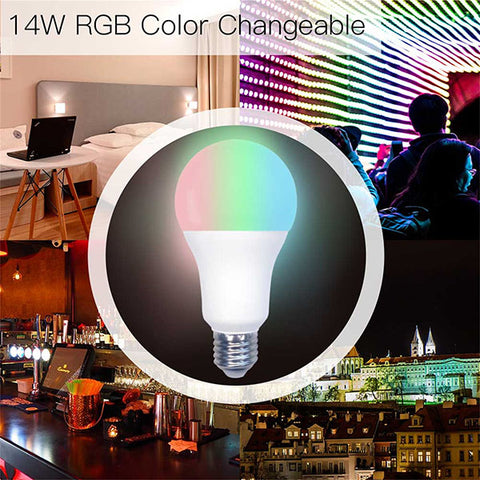 |
What is the difference between dimmable and non-dimmable light bulbs?The principal variance between dimmable and non-dimmable light bulbs lies in their capacity to modulate the level of illumination. Comprehending this stark difference is vital for ensuring appropriate accordance with dimmer switches. When one broaches the topic of LED bulbs, it's imperative to note that their primary distinction from non-dimmable counterparts stems from disparities in their internal constitution. |
LED bulbs function as diodes, generating light by means of electromagnetic radiation emission. This contrasts sharply with incandescent light bulbs which rely on electric power to ignite a filament; the ensuing luminosity results from resistive heating.
Given LEDs' distinct operational mechanics, they necessitate an effective driver mechanism for smooth functioning.
This driving force is responsible for regulating the current sourced from the main power supply and directed into the LED structure.
Some types of LED fixtures come furnished with drivers that are strictly non-dimmable, thus rendering them unsuitable when used in conjunction with any form of dimmer switch equipment.
Therefore, when selecting an LED bulb variant suitable for your needs, ensure you opt for a model categorized under 'dimmable,' aligning precisely with your distinctive lighting requirements and preferences.
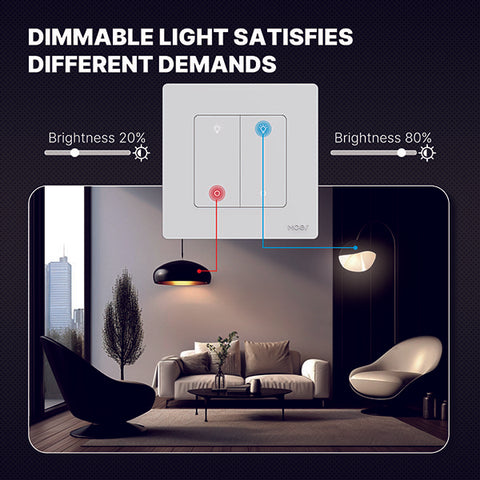 |
Which Type of Dimmer Switch is Required for LED Lights?When it comes to choosing the right dimmer switch for LED lights, it is important to opt for a leading-edge or trailing-edge dimmer switch. While leading-edge dimmers are commonly used with traditional incandescent or halogen bulbs, they may not be suitable for LED lights as they may not offer optimal performance. On the other hand, trailing-edge dimmers are specifically designed to cater to LED lights, ensuring smoother dimming control. Buy It Now |
These dimmers are tailored to match the unique electrical characteristics of LED lights, providing a seamless and precise dimming experience.
Therefore, if you're using LED lights, it is essential to invest in a trailing-edge dimmer switch to optimize their performance and enjoy the full benefits of dimming capabilities.
Dimmer switches are a versatile and convenient way to control the lighting in your home or office. They provide the flexibility to adjust the brightness levels to suit your needs and create different atmospheres.
With this comprehensive guide to dimmer switches, we have answered all your frequently asked questions and provided you with the information you need to make an informed decision.
Now it's time to find the perfect dimmer switch to enhance your lighting experience.

